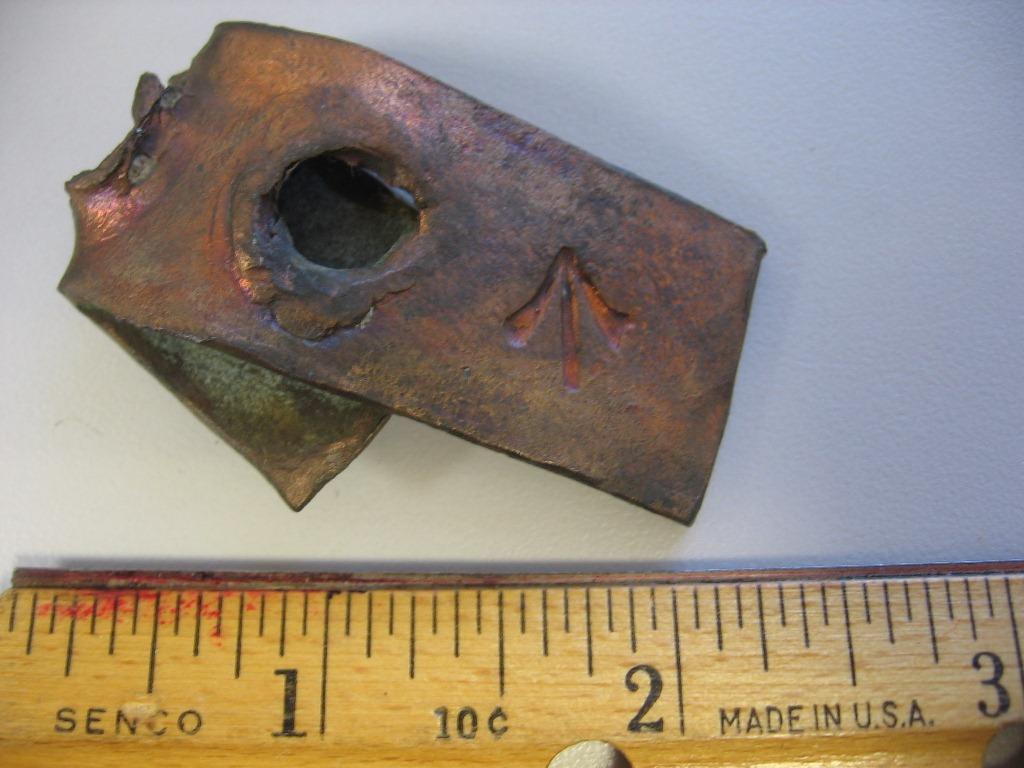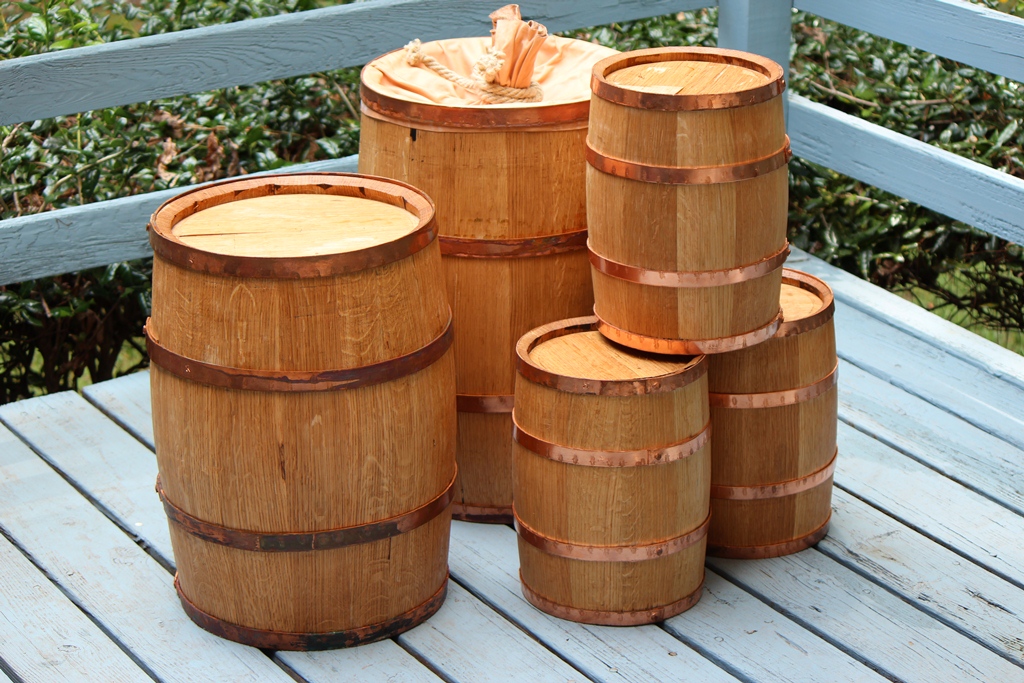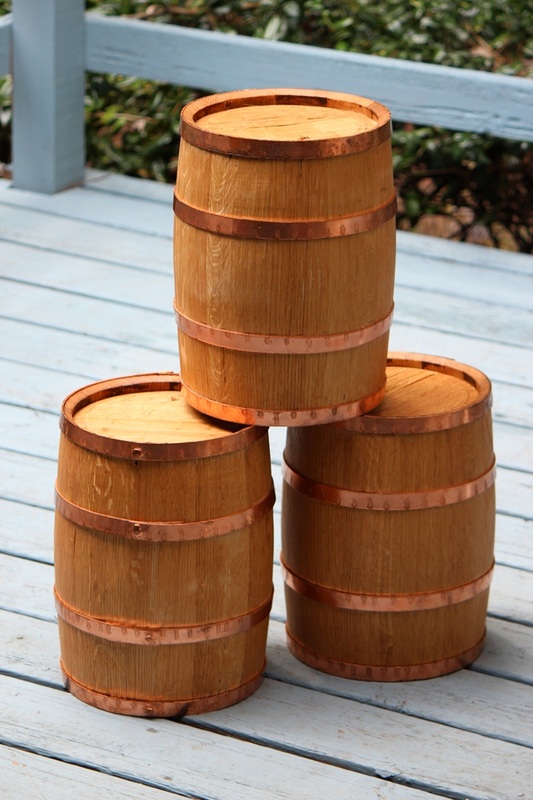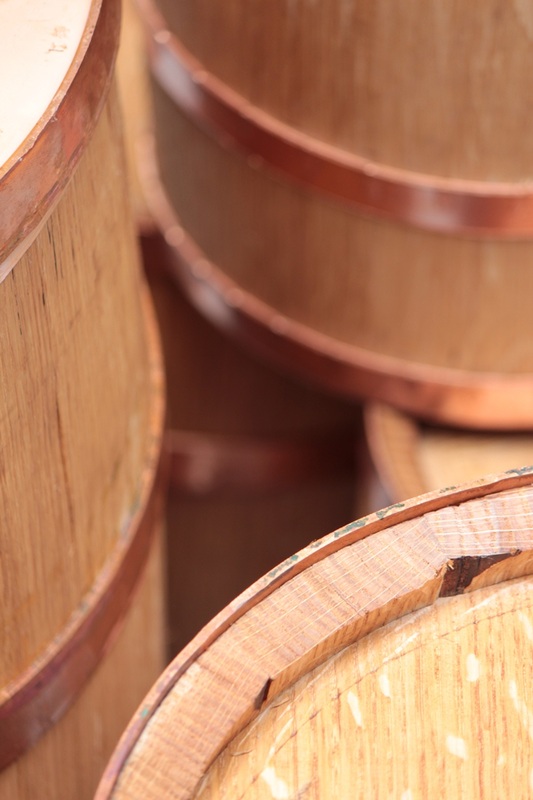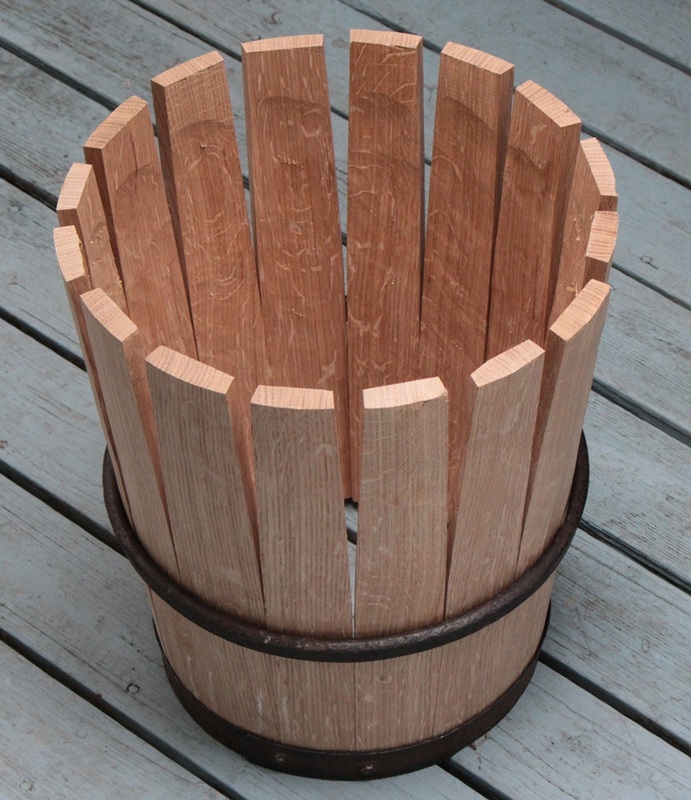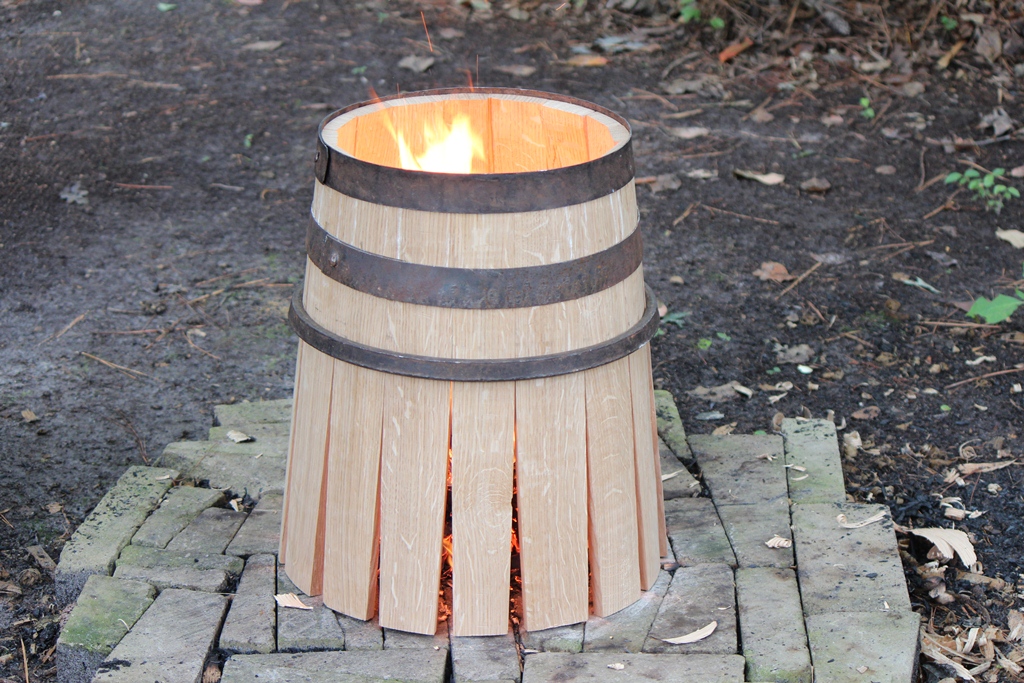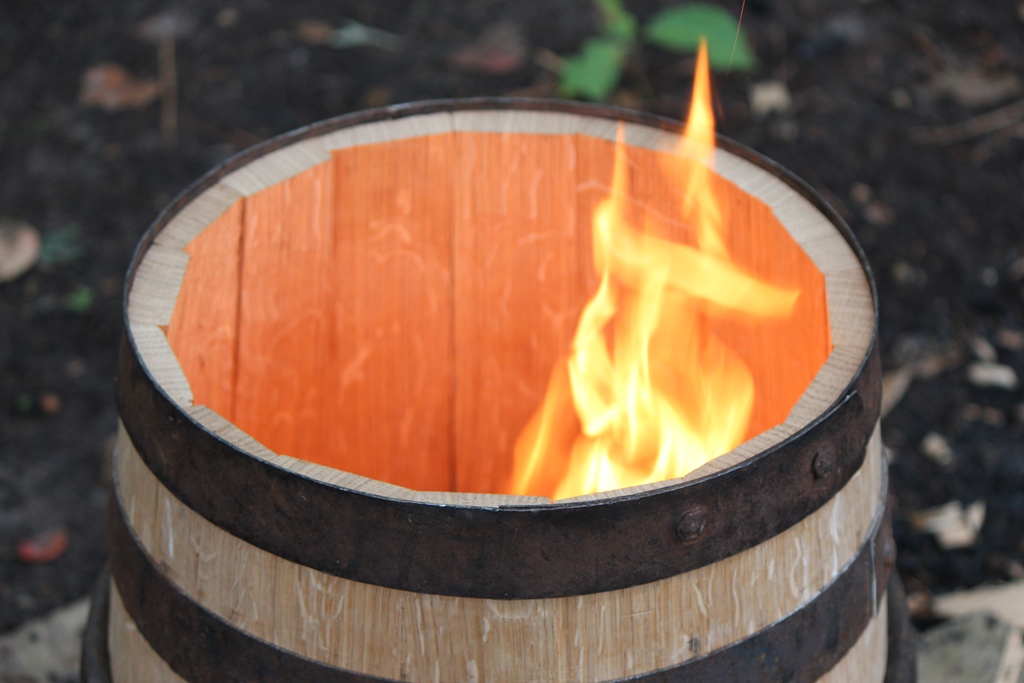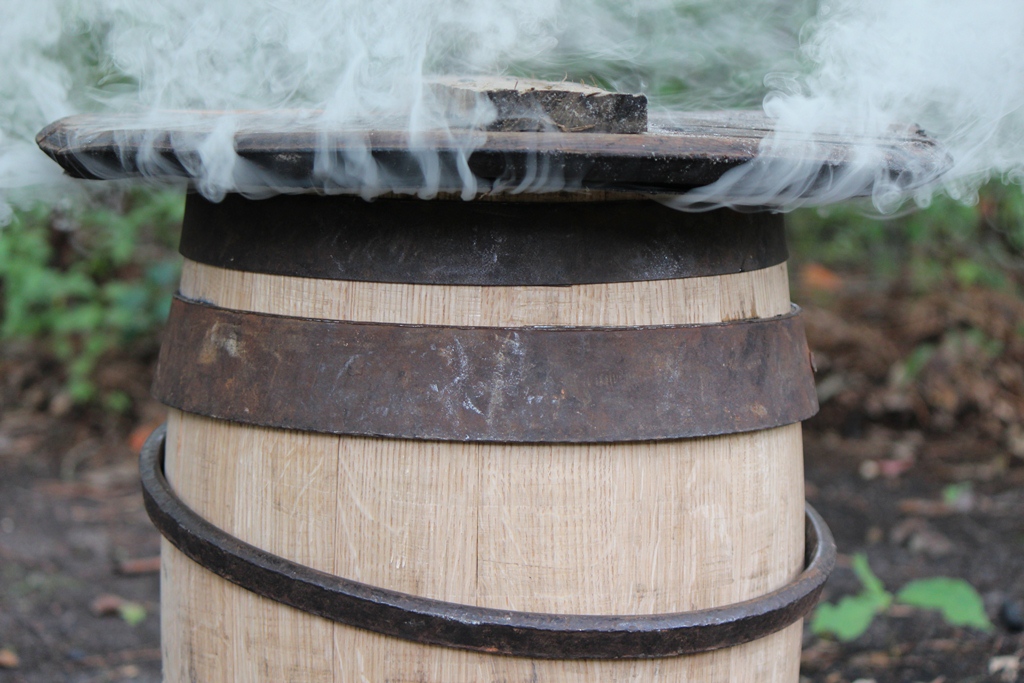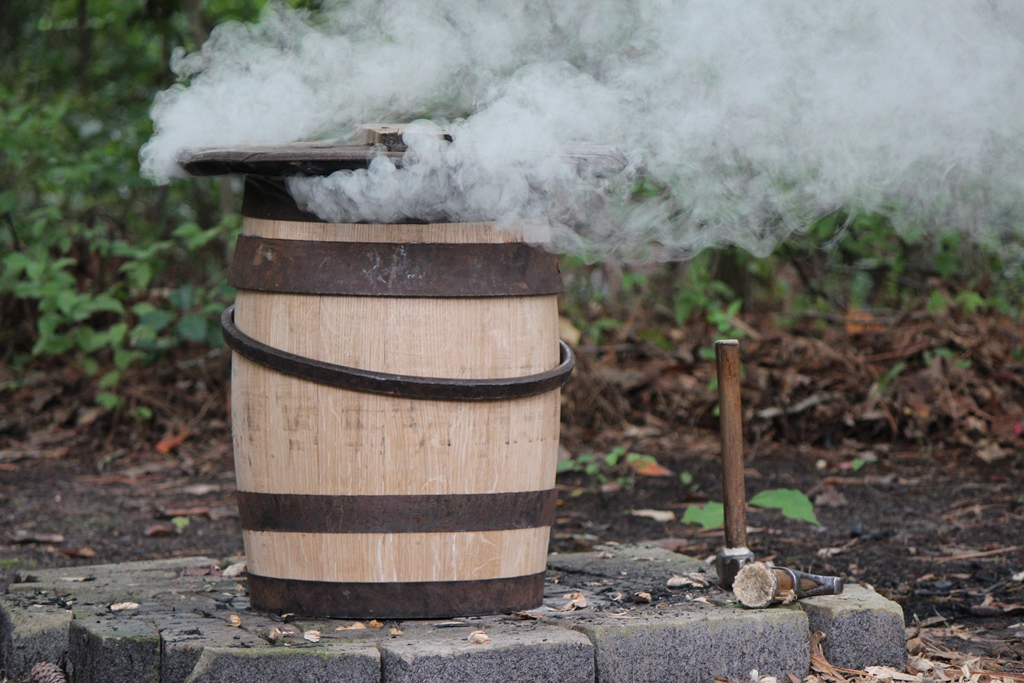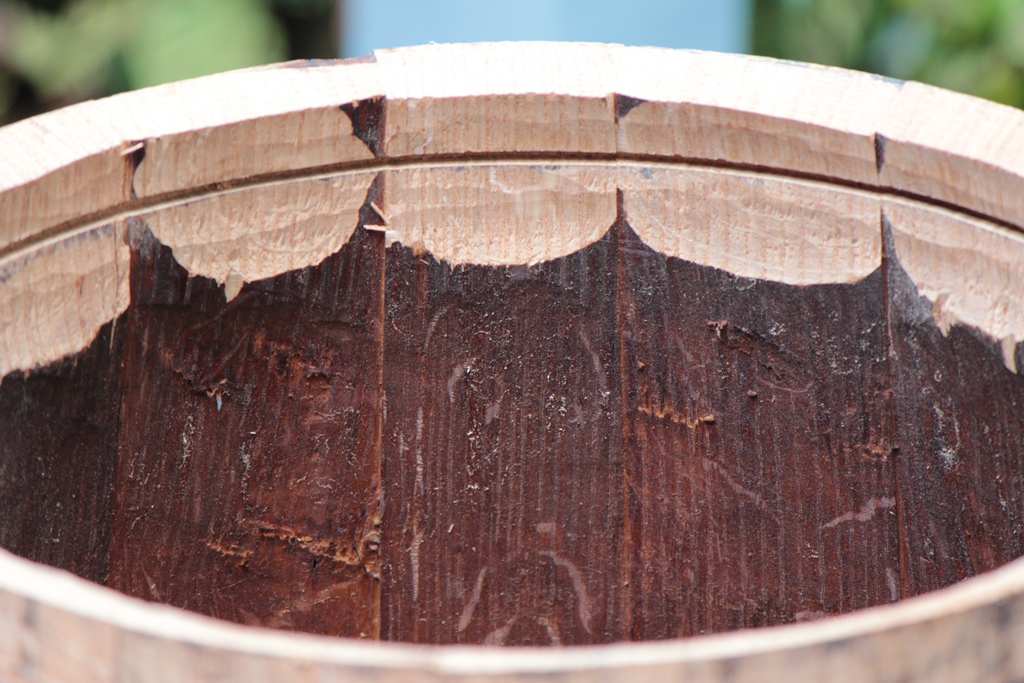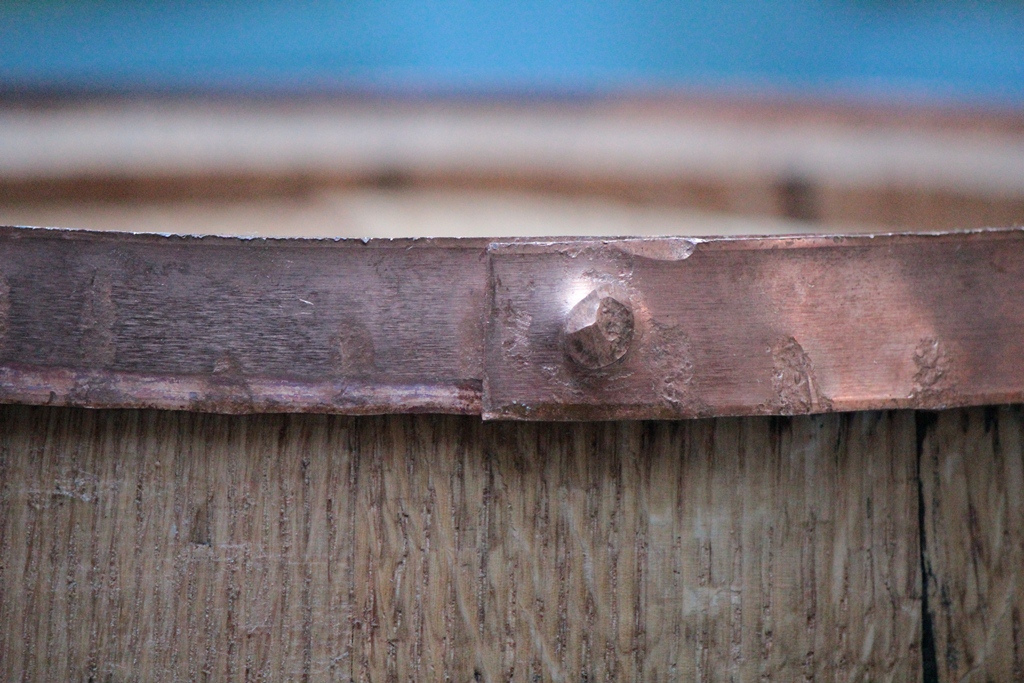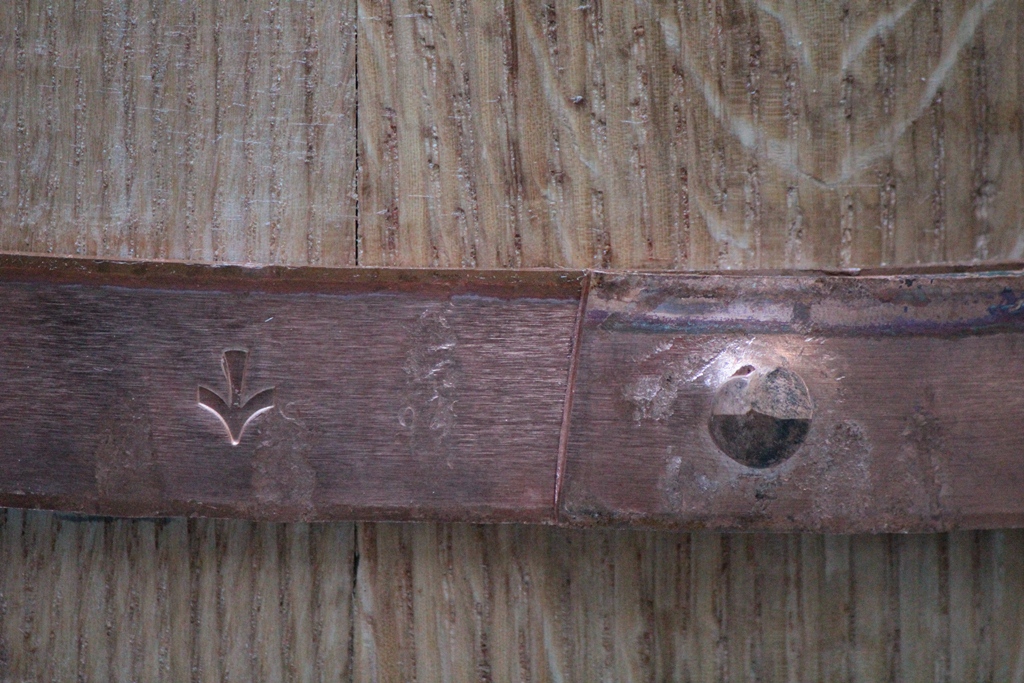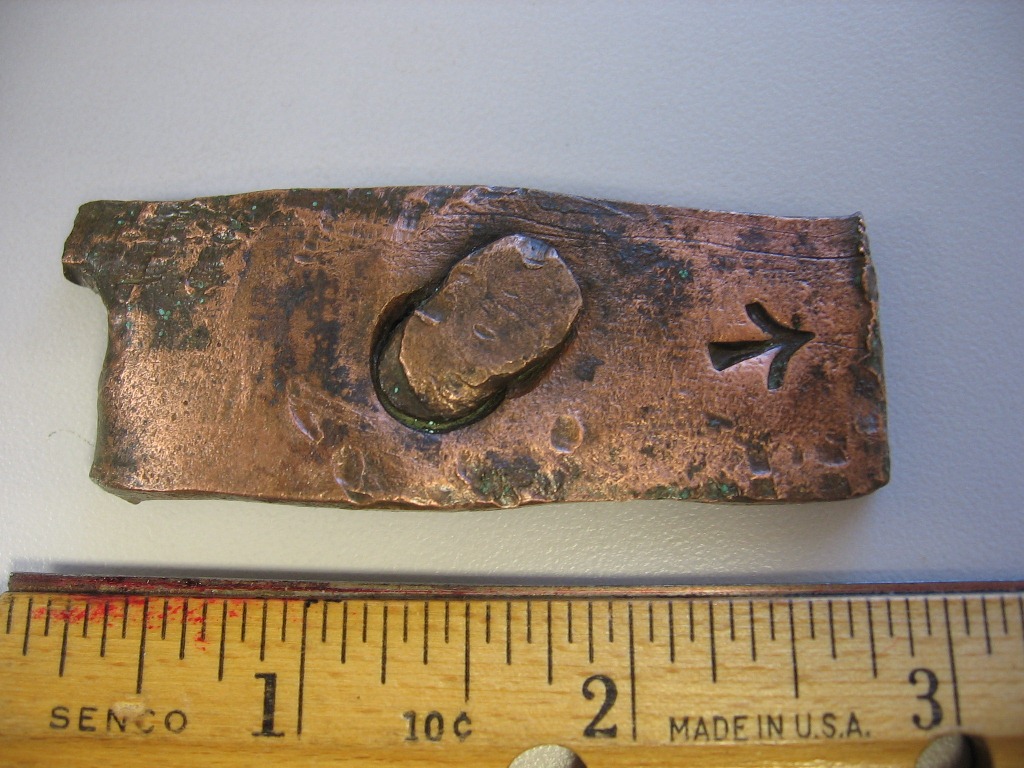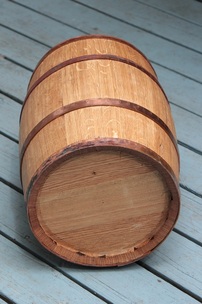
The following gunpowder casks were coopered for Fort Loudoun State Historic Area in Vonore Tennessee. Fort Loudoun was a British Fort during the French and Indian War dating 1756-1760 before it was captured the Cherokee.
Cooperage, or wooden-staved containers, were all purpose vessels in urban, rural, domestic and industrial environments. Gunpowder was shipped and stored in several different sizes of cask. The volatile and fragile nature of gunpowder required a special container. A coopered cask was ideal because it created a virtually air tight environment to protect the powder from surrounding humidity and elements. Casks are extremely durable, easy to move by rolling, and, when bound in copper, brass, or saplings, created an ideal environment protected from the potential of premature combustion.
British military of the 18th century used several different sizes of copper or sapling bound casks to ship gunpowder throughout the empire. Cask sizes included quarter kegs, half kegs, kegs, half barrels, and barrels. Quarter kegs (holding 6.25 lbs) and half kegs (holding 12.5 lbs) were mostly found in civilian use. Kegs (25 lbs), half barrels (50 lbs), and barrels (100 lbs) were mostly employed for military purposes.
The two hundred and eighty four pounds of gun powder at Fort Loudoun from 1756 to 1760 was undoubtedly shipped and stored in an assortment of cask sizes ranging from barrels to kegs. Each cask bore the King’s broad arrow, stamped, painted or scratched, to signify the powder as property of the Crown.
A “budge barrel” is a piece of cooperage, used in field or in magazine/laboratory, to disperse quantities of gunpowder into papers, horns, cartridges, or canon. The budge barrel consisted of a regular construction powder barrel, with one head removed. This was replaced by a leather cover. The leather covering had an opening that could be tied off for easy access.
Cooperage, or wooden-staved containers, were all purpose vessels in urban, rural, domestic and industrial environments. Gunpowder was shipped and stored in several different sizes of cask. The volatile and fragile nature of gunpowder required a special container. A coopered cask was ideal because it created a virtually air tight environment to protect the powder from surrounding humidity and elements. Casks are extremely durable, easy to move by rolling, and, when bound in copper, brass, or saplings, created an ideal environment protected from the potential of premature combustion.
British military of the 18th century used several different sizes of copper or sapling bound casks to ship gunpowder throughout the empire. Cask sizes included quarter kegs, half kegs, kegs, half barrels, and barrels. Quarter kegs (holding 6.25 lbs) and half kegs (holding 12.5 lbs) were mostly found in civilian use. Kegs (25 lbs), half barrels (50 lbs), and barrels (100 lbs) were mostly employed for military purposes.
The two hundred and eighty four pounds of gun powder at Fort Loudoun from 1756 to 1760 was undoubtedly shipped and stored in an assortment of cask sizes ranging from barrels to kegs. Each cask bore the King’s broad arrow, stamped, painted or scratched, to signify the powder as property of the Crown.
A “budge barrel” is a piece of cooperage, used in field or in magazine/laboratory, to disperse quantities of gunpowder into papers, horns, cartridges, or canon. The budge barrel consisted of a regular construction powder barrel, with one head removed. This was replaced by a leather cover. The leather covering had an opening that could be tied off for easy access.
Below are extant copper hoop fragments excavated by the Mackinaw State Historic Parks archaeology staff at Fort Michilimackinac. Note the King's Broad Arrow stamp. The fragments are dated between 1761 to 1778.
